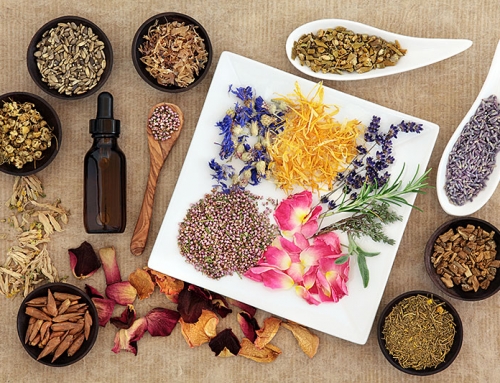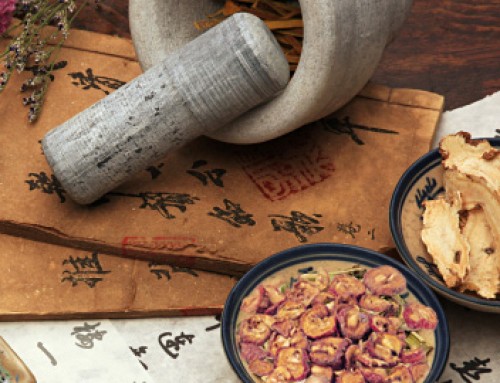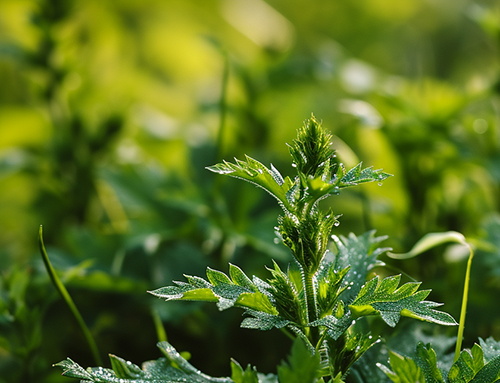桑寄生
Mulberry mistletoe (Sangjisheng)
Pharmaceutical Name: Ramulus Taxilli
Botanical Name: Taxillus chinensis (DC.) Danser
Common Name: Loranthus, Mulberry mistletoe
Source of Earliest Record: Shennong Bencao Jing
Part Used: The foliated stems and branches are gathered in winter or spring, cut into pieces and dried in the sun.
Natural Properties & Taste: Bitter and neutral
Meridians: Liver and kidney
Therapeutic Effects:
1. To dispel wind and dampness.
2. To tonify the liver and kidney, and strengthen the tendons and combinations.
3. To calm the fetus and prevent miscarriage.
Indications:
1. Wind-damp obstruction syndrome manifested as rheumatic pain and soreness and pain of the lower back and knees. Mulberry mistletoe (Sangjisheng) is used with Pubescent angelica root (Duhuo), Cyathula root (Niuxi), Eucommia bark (Duzhong) and Cibot rhizome (Gouji) in the formula Duhuo Jisheng Tang.
2. Restless fetus, threatened abortion caused by deficient liver and kidney and dysfunction of Chong and Ren meridians. Mulberry mistletoe (Sangjisheng) is used with Mugwort leaf (Aiye), Donkey hide gelatin (Ejiao), Eucommia bark (Duzhong) and Teasel root (Xuduan).
3. Hypertension. Mulberry mistletoe (Sangjisheng) is used with Uncaria stem (Gouteng), Chrysanthemum flower (Juhua), Wolfberry fruit (Gouqizi) and Glorybower leaf (Chouwutong).
Dosage: 10-20 g






